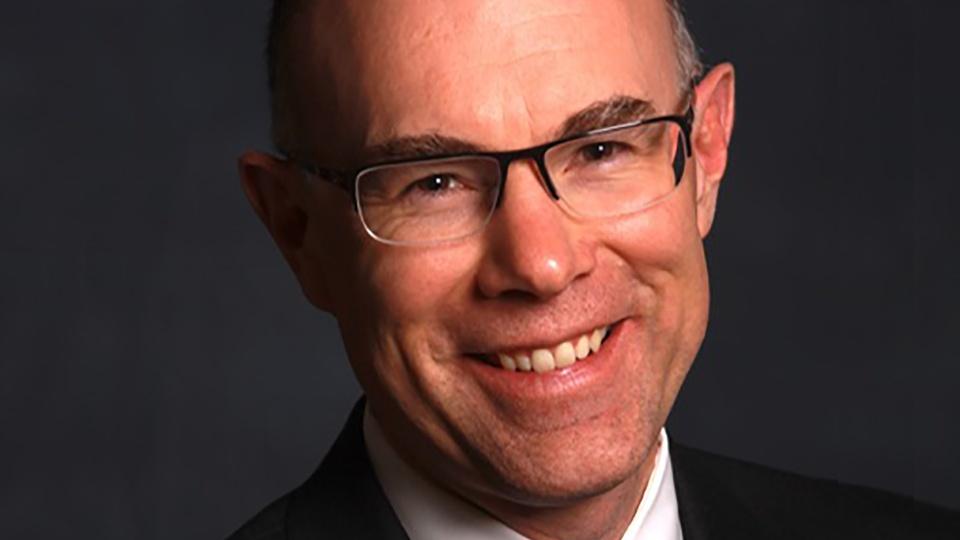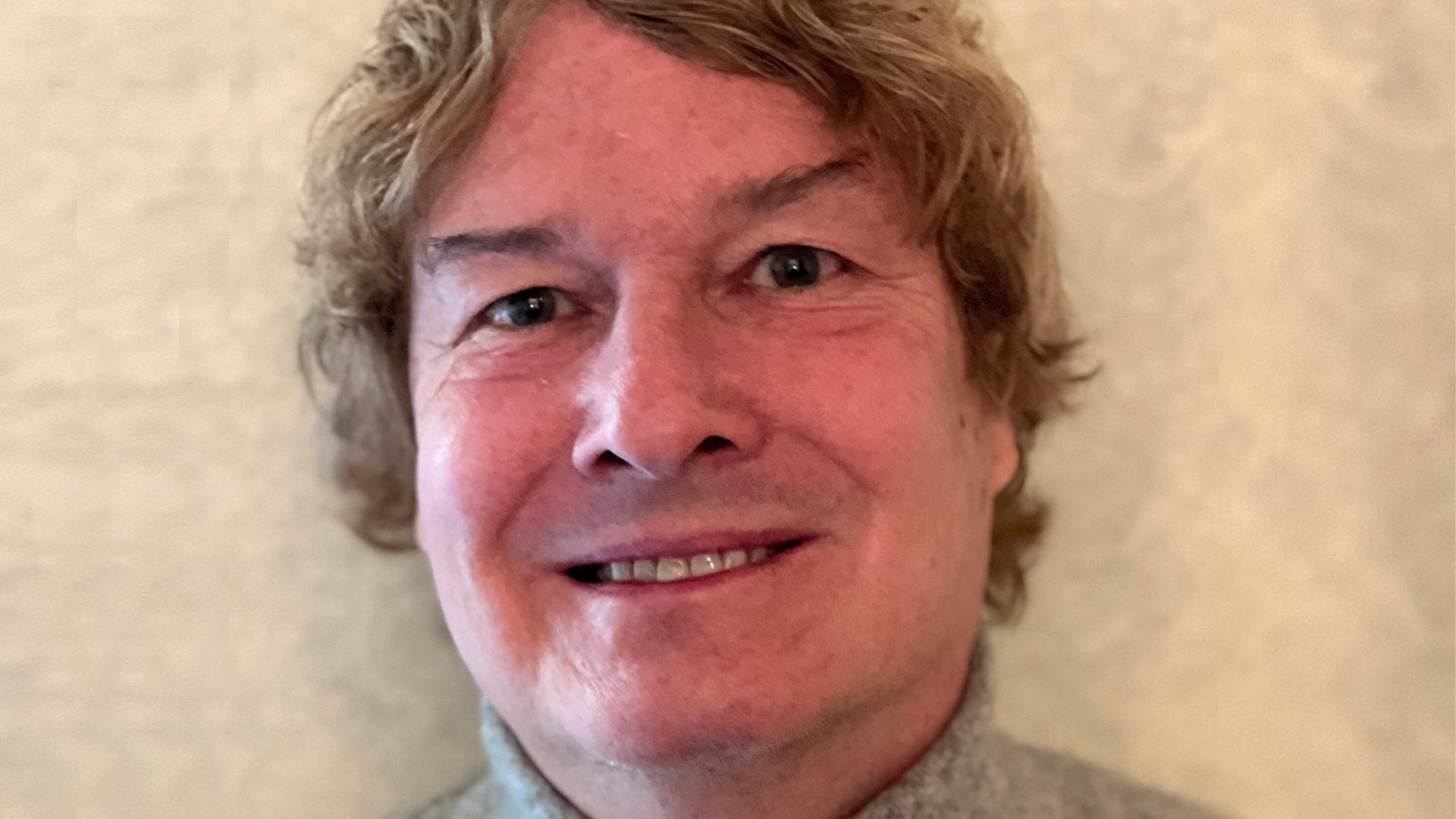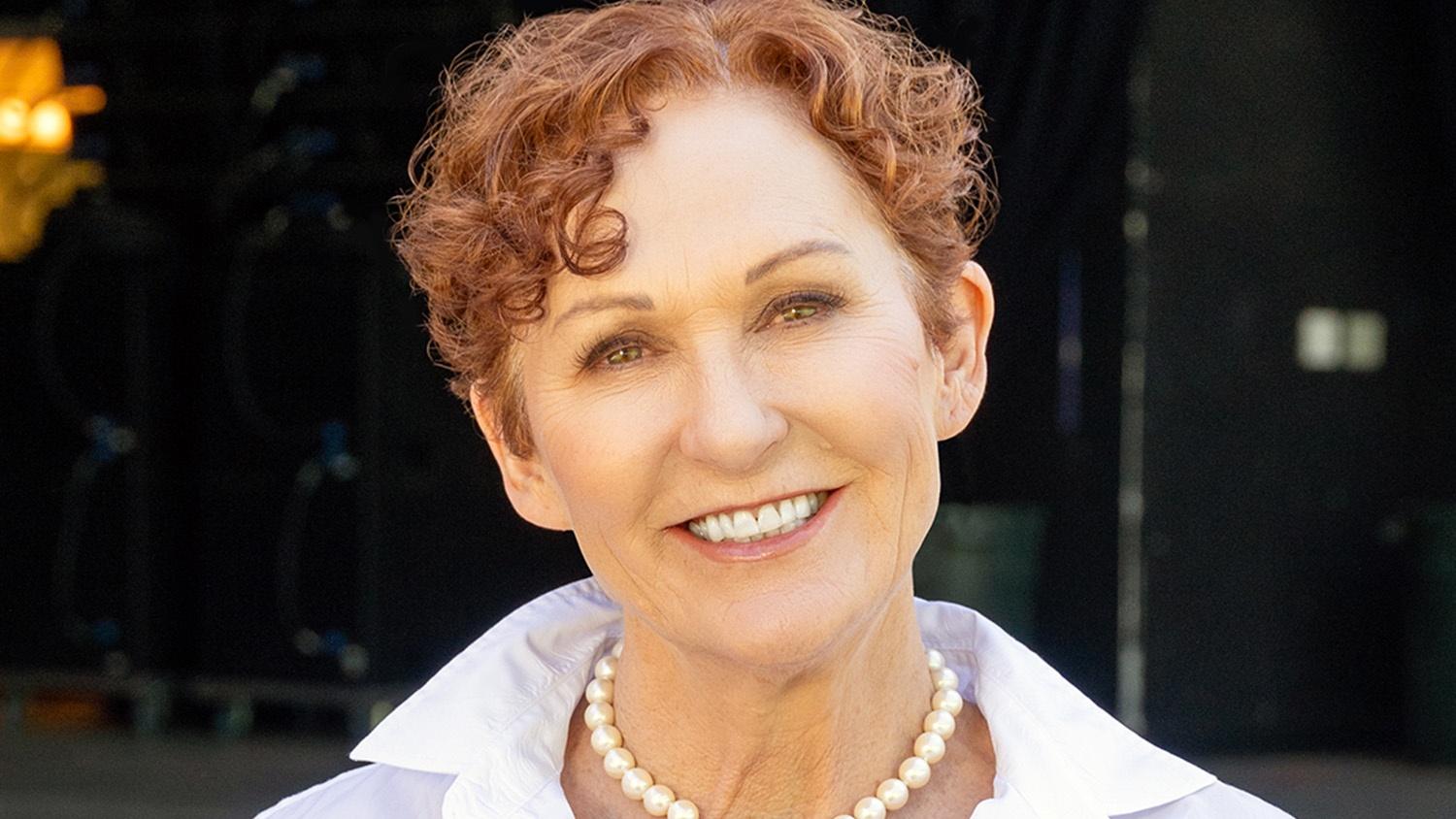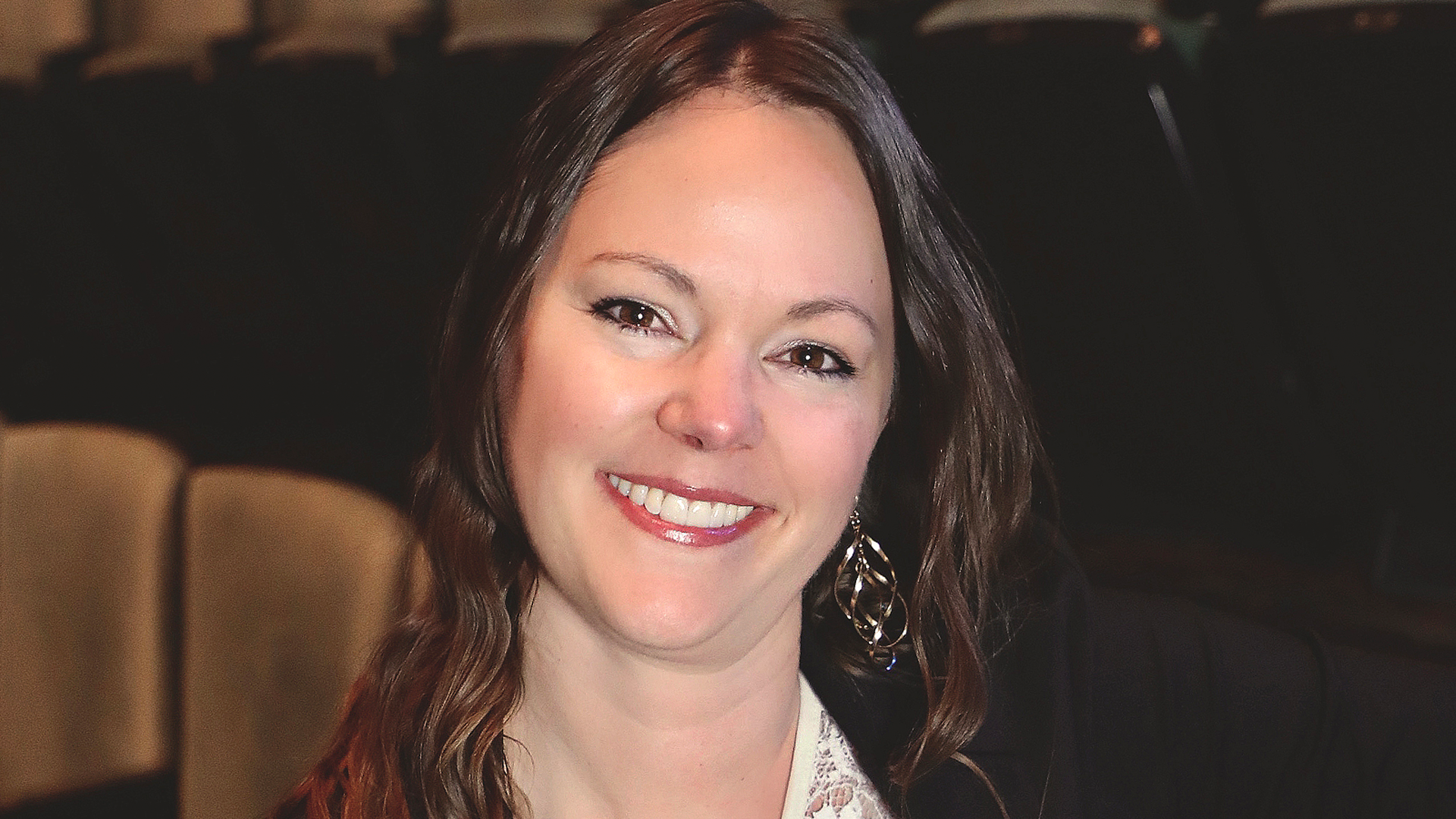
ART VIEWS
Ten years ago today, on May 2, 2015, I stepped down as executive director of the Reno Chamber Orchestra (RCO). It feels impossible that it’s been a decade already, but such is the nature of the passage of time – the more of it that passes, the faster it goes. I am grateful for my time helming the RCO, and that I remain a musician in this vibrant organization. Since my departure from the C-Suite (which of course is a laughable notion when you work in a one-room office), I have been fortunate to be a lot of different things, among them: musician, teacher, consultant, mentor, coach, writer, board member, as well as runner, wine and scotch taster, traveler, record collector, husband, step-father/grandfather, and friend. I have a cool, charmed, diverse and blessed life, and if I take it for granted or complain about it, I shouldn’t. At the time I left my job, I wrote a column for the Reno Gazette-Journal, identifying ten of the many lessons I learned while in the position. Since I still believe them all to be true, I’ll share them with you here.
Since much of my life over the last ten years and more has been working with, in, and for non-profit organizations, I tend to think about them a lot. Perhaps THE key component of a non-profit charitable organization is its mission. What does it do and why does it do it? The answer to this question determines whether an organization qualifies for tax-exempt status from the IRS and is often displayed in a statement or series of statements. Lately, I have been giving thought to mission (and vision) statements. Although there are a billion websites with insightful thinking about this topic, in the spirit of my ten-lessons-learned from a decade ago, here are some thoughts I have about mission statements:
For-profit companies, especially the really successful ones, often have inspiring mission statements. Notice they don’t always spell out exactly what widget that company produces. Here are a few I like:
Google
“Organize the world’s information and make it universally accessible and useful.”
Nike
“To bring inspiration and innovation to every athlete in the world.”
Microsoft
“To empower every person and every organization on the planet to achieve more.”
Starbucks
“With every cup, with every conversation, with every community—we nurture the limitless possibilities of human connection.”
The Seattle Symphony
“The Seattle Symphony unleashes the power of music, brings people together, and lifts the human spirit.”
Pittsburgh Symphony Orchestra
Vision: “Great music in every life.”
Mission: “To engage, enrich, and inspire through unparalleled live musical experiences.”
League of American Orchestras
Vision: “A thriving future for orchestras and their communities that celebrates creativity, artistry, and inclusion.”
Mission: “To champion the vitality of music and the orchestral experience, support the orchestra community, and lead change boldly.”
One I don’t love (yes, it’s a real mission statement, but I didn’t want to name names): “The XYZ Orchestra’s mission is to foster and maintain an organization dedicated to the making of music consonant with the highest aspirations of the musical art, creating performance and providing educational and training programs at the highest level of excellence.”
Ten years down the road from my time running the Reno Chamber Orchestra, I don’t have a personal mission statement. Perhaps I should. I’ll get a committee right on that.
Scott Faulkner is principal bassist of the Reno Phil and the Reno Chamber Orchestra. From 2001-2015 he served as executive director of the RCO. For the League of American Orchestras, he is the faculty director of its Essentials of Orchestra Management program, which takes place at Julliard in July, as well as director of its Alumni Network.

ART VIEWS
Reno Chamber Orchestra & Reno Phil Blooming with Spring Concerts by Scott Faulkner — March 28, 2025
The Architecture of Music by Scott Faulkner — February 14, 2025
Mr. Terris: A Remembrance by Scott Faulkner — January 3, 2025
‘Tis the Season by Scott Faulkner — November 22, 2024
League of American Orchestras by Scott Faulkner — September 6, 2024
Time in Music by Scott Faulkner — August 2, 2024
Ruth Lenz by Scott Faulkner — May 24, 2024
Exploring Mahler’s Symphony No. 5 by Scott Faulkner — April 19, 2024
The Meaningful Connection Provided by Music by Scott Faulkner — March 15, 2024
Meet Reno Phil President and CEO Aaron Doty by Scott Faulkner — February 9, 2024
Looking Ahead at 2024 by Scott Faulkner — January 5, 2024
NCMF 20th by Scott Faulkner — November 24, 2023
Reno Phil Concert Preview by Scott Faulkner — October 13, 2023
Reno Phil CEO Search by Scott Faulkner — July 28, 2023
Reno Phil Concerts This Summer by Scott Faulkner — June 23, 2023
Songs about Spring by Scott Faulkner — March 10, 2023
Bowing by Scott Faulkner — February 3, 2023
Nevada Chamber Music Festival's Holiday Gift by Scott Faulkner — December 23, 2022
Thankful for Christmas Music by Scott Faulkner — November 25, 2022
Incredible Alumni from Essentials of Orchestra Management Seminar by Scott Faulkner — October 21, 2022
Falling for Orchestra: A Season of Events by Scott Faulkner — September 23, 2022
Thoughts on Leadership by Scott Faulkner — August 26, 2022
Greetings from New York City! by Scott Faulkner — July 29, 2022
H. Elizabeth Lenz by Scott Faulkner — July 1, 2022
A Thousand Blended Notes by Scott Faulkner — June 3, 2022
Music Not to be Missed in May by Scott Faulkner — May 6, 2022
Classical Music Galore by Scott Faulkner — April 8, 2022
Chord Changes by Scott Faulkner — April 1, 2022

ART VIEWS

ART VIEWS

ART VIEWS

ART VIEWS

ART VIEWS